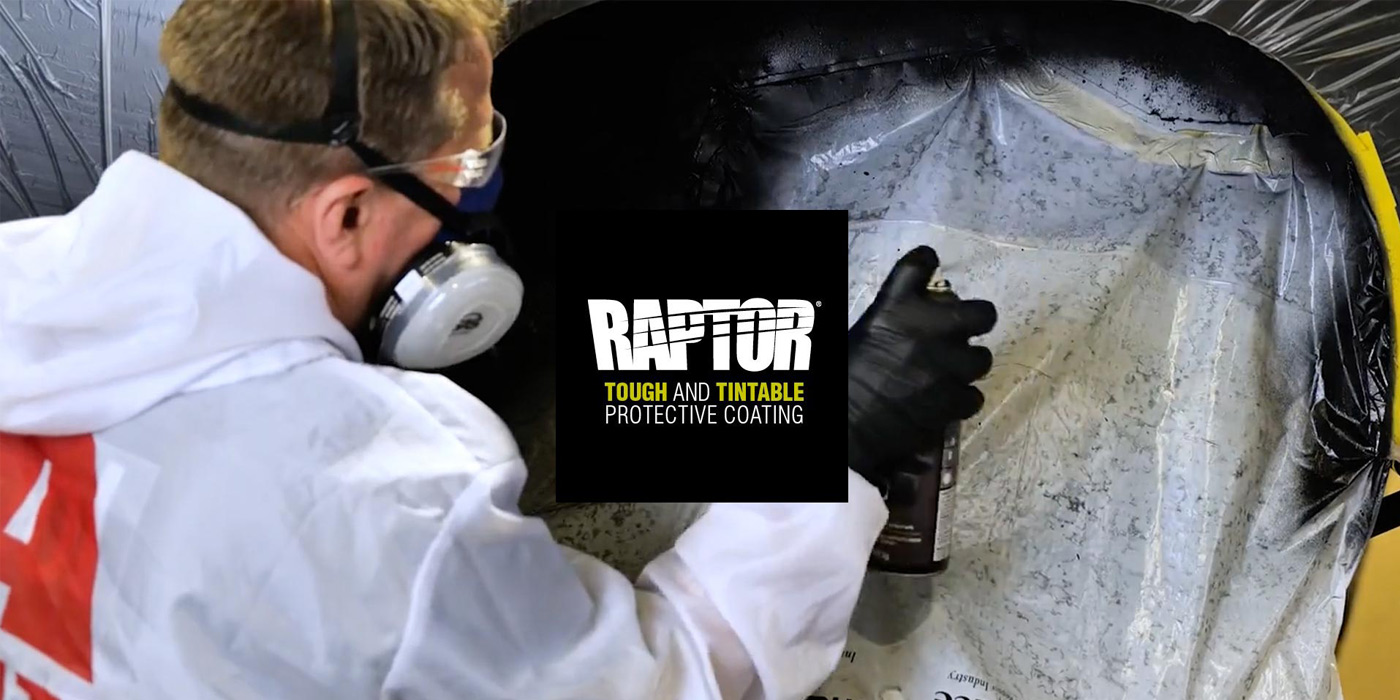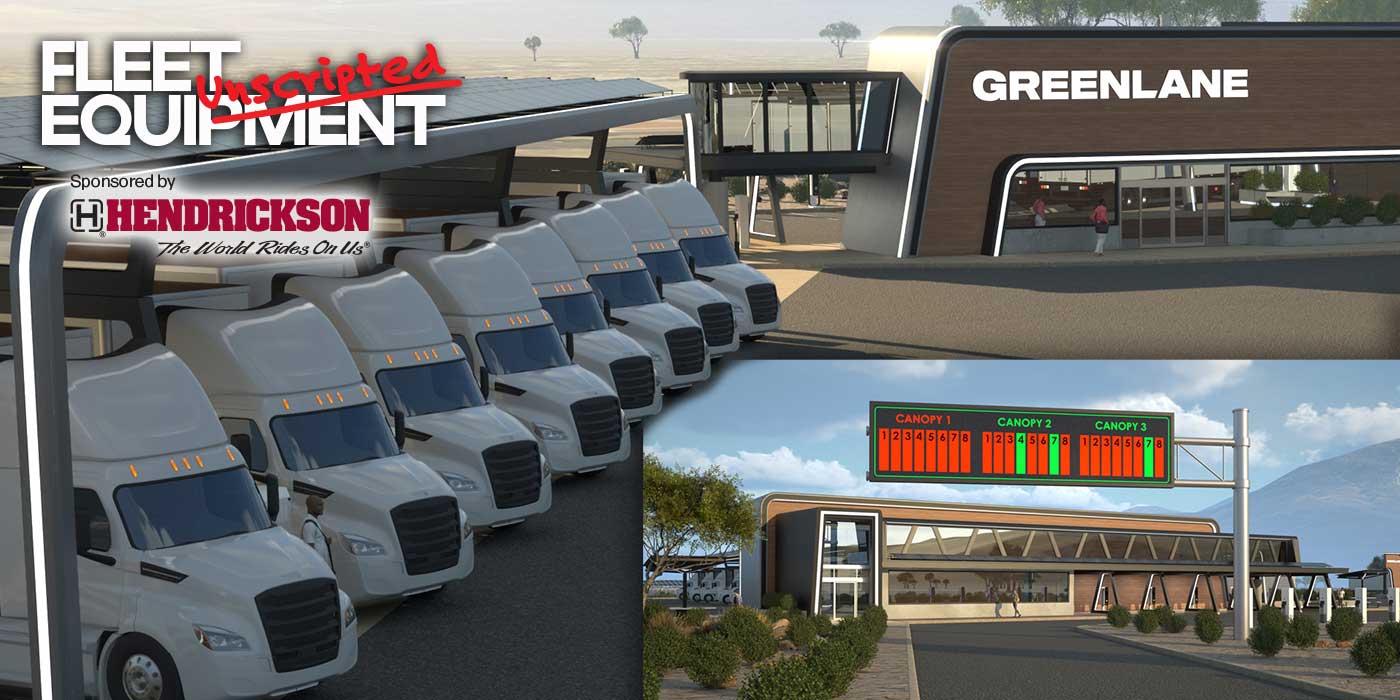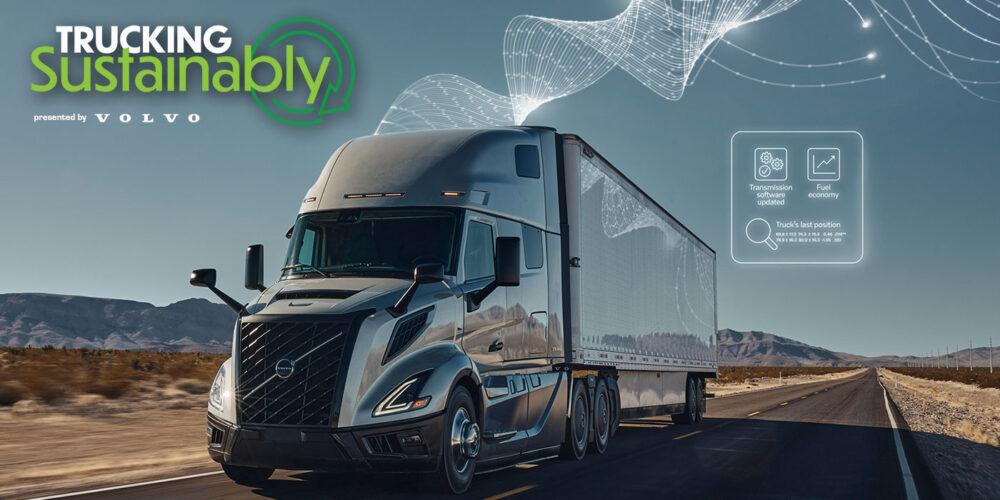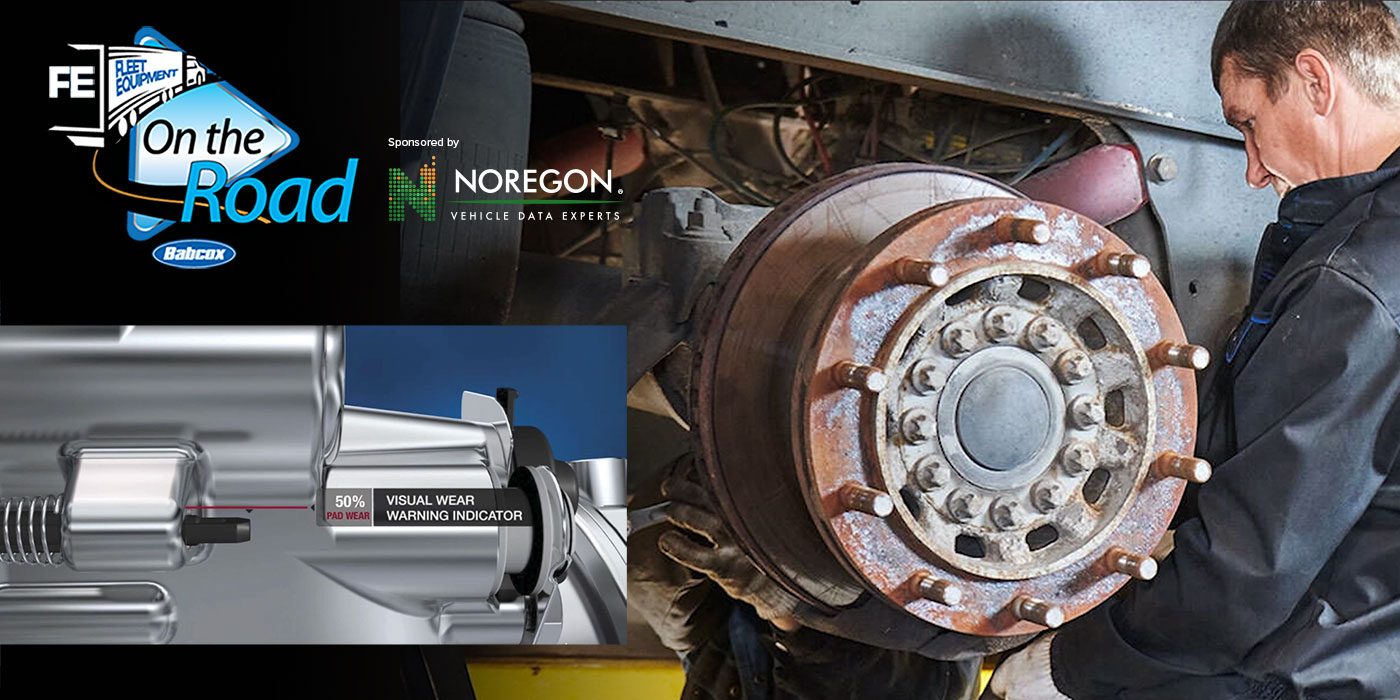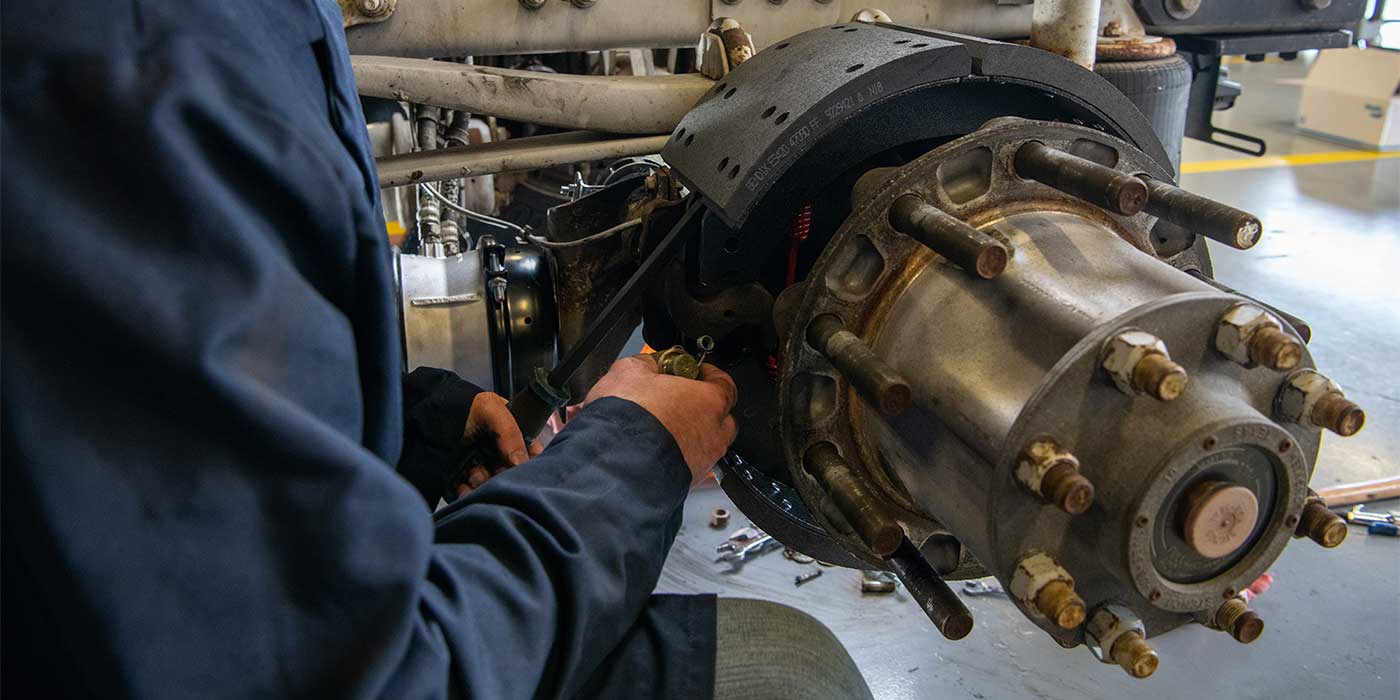Tires are the second-highest annual cost for the average fleet, behind fuel; and a major component of that fact is tire pressure. But why is that, and what can you do about it? FE spoke with many major players in the truck tire industry in an effort to answer your biggest questions about tire pressure and technology, and we’ll relay their advice and expertise here.
For question one, let’s start with a basic one: Why is tire pressure management so important?
According to the ATA’s Technology and Maintenance Council, compared to a tire that experiences a constant 10% under-inflation, a tire with proper air pressure delivers 15% longer tread life on its first life, and 20% longer casing life for retreading. They found that proper tire inflation also increases fuel economy by 1% versus a tire that is 10% under-inflated.
Additionally, tires and wheels are the second-leading cause of vehicle-related out-of-service violations at roadside inspections, according to the Commercial Vehicle Safety Alliance’s annual International Roadcheck.
Under-inflation is the number one cause of premature tire removal. A tire that is under-inflated by as little as 2% can exhibit irregular wear and other tire issues.
On the other hand, over-inflated tires increase the likelihood of cuts, impact breaks, punctures and shock damage resulting from the decrease of sidewall flexing and an increase in firmness of the tread surface.
That brings us to question two: What’s the best way for me to manage my tire pressure?
The answer to this one is pretty simple: measurement using a pressure gauge. You’ll just have to remember to periodically calibrate the gauges to make sure they’re still accurate. One option is to make use of digital tire pressure solutions; namely, tire pressure monitoring systems, or TPMS; and automatic tire inflation systems, or ATIS. Which brings us to our third question: What’s the difference between TPMS and ATIS?
Simply put: the difference between these two systems is that TPMS monitor tire inflation, alerting drivers and fleets if it becomes too low or too high, while ATIS take it a step further and inflate the tire automatically in the event that it is needed, and are most frequently used on trailers. There are also some systems that serve as something of a hybrid between TPMS and ATIS.
Studies from the Federal Motor Carrier Safety Administration and U.S. Environmental Protection Agency show a 10% longer tire life with tire inflation systems. An FMCSA real-world study on tire inflation systems showed a 1.4% average improvement in fuel economy per vehicle. There is of course a cost associated with the systems, and each fleet should do their due diligence in determining the ROI they will see from implementing them as opposed to the cost – you can work with your tire provider on that.
Fleet Equipment’s On The Road is sponsored by Noregon. Subscribe to our newsletter to catch every episode as we dive into the best practices and servicing information to keep your trucks On The Road.


